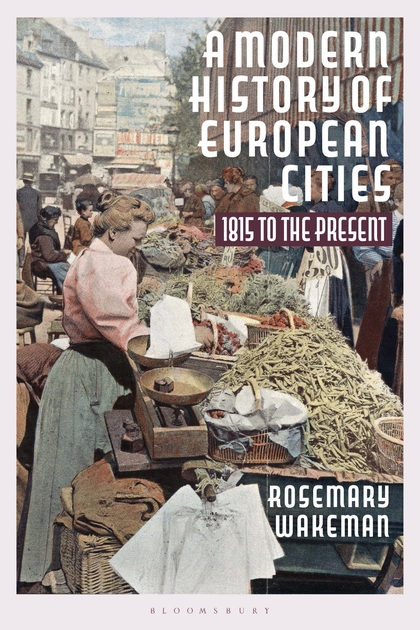
Abstract Provides a journey to cities and towns across the continent, in search of the patterns of development that have shaped the urban landscape as indelibly European. The focus is on the built environment, the social and cultural transformations that mark the patterns of continuity and change, and the transition to modern urban society. Wakeman …
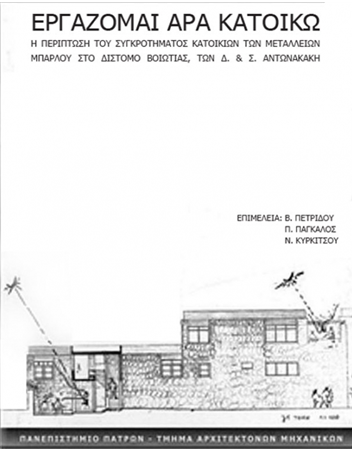
Abstract The settlement in Distomo by Dimitris and Susana Antonakaki is one of the few examples of working-class settlements in modern Greece. It started to be built in 1969 and is based on a special spatial organization with the repetitive rectangular solids of the houses and their relation to the open spaces. It seeks to …
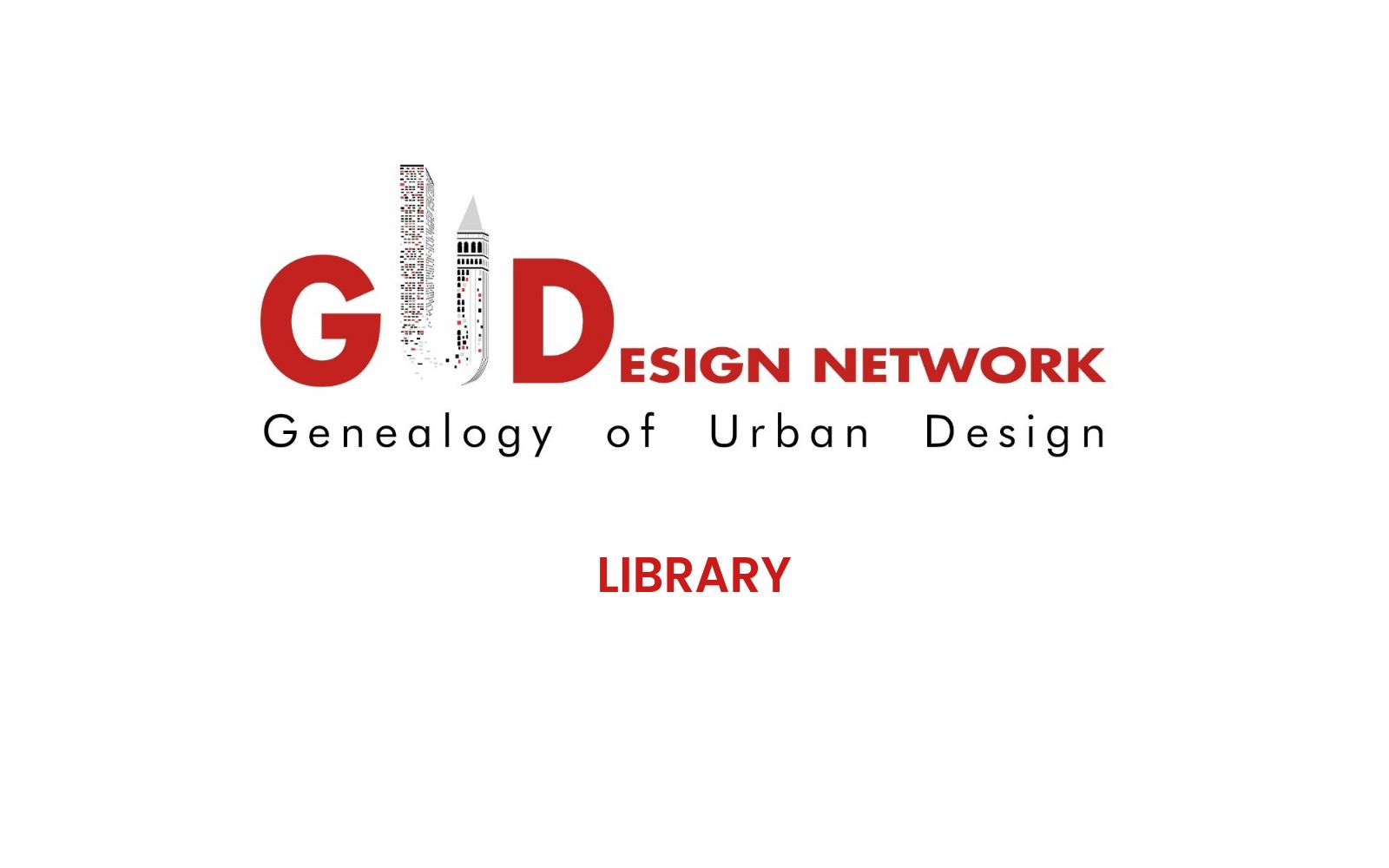
Abstract The aim of this article is to problematize the contemporary phenomenon of urban sprawl within the history of urbanism. This historiographic exercise was based on a critical analysis of the work of urbanization companies recognized as being foremost within the historiography of urbanism: the Compañía Madrileña de Urbanización, an urbanization company founded by Arturo …
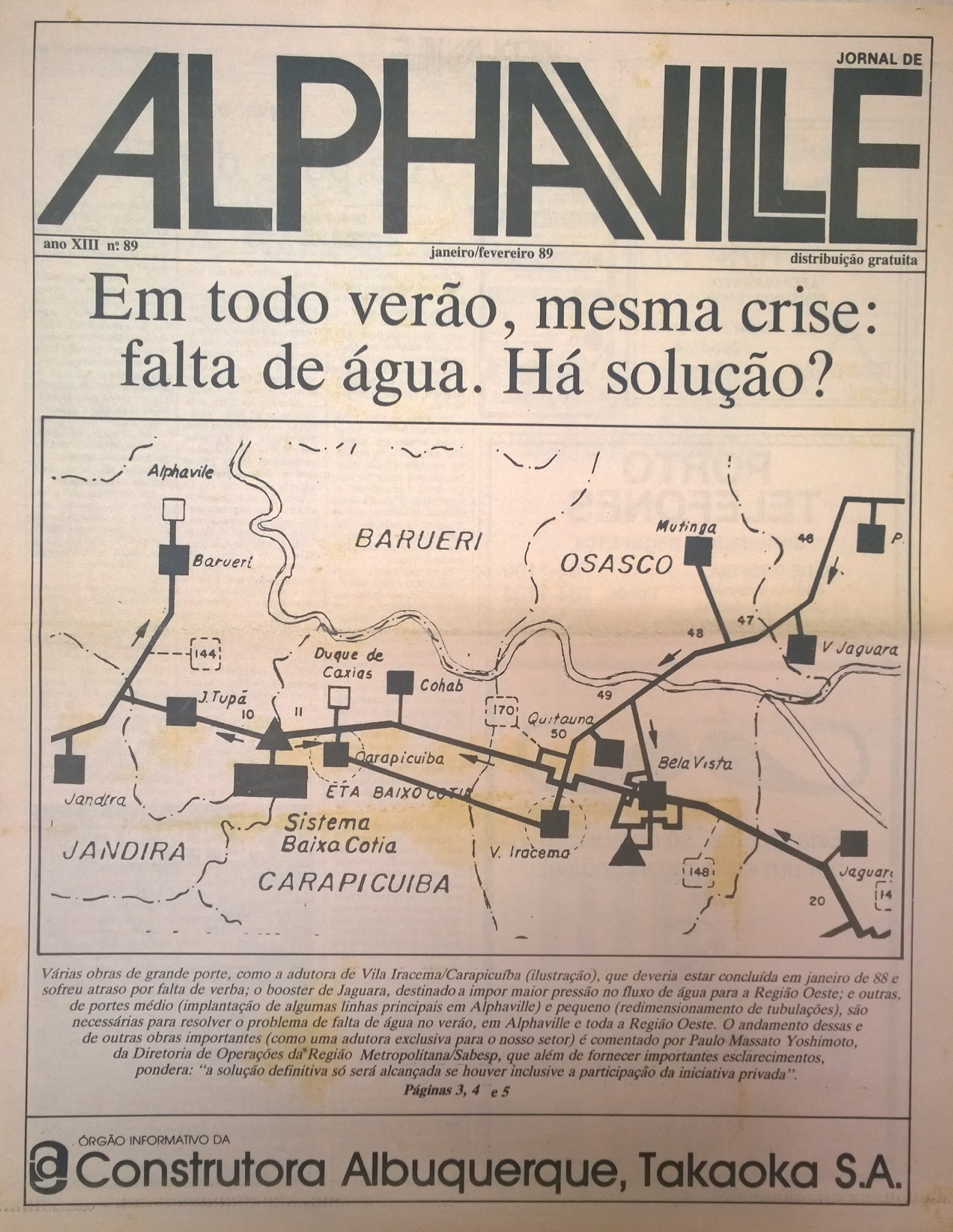
Abstract The paper debates the construction of historical narratives from private urbanization agents, contributing to denaturalize certain established premises and to deepen understandings about the social and political relations that produce urban space. We start from a central question: what is the role of entrepreneurs in the production of the city and in urban planning? …
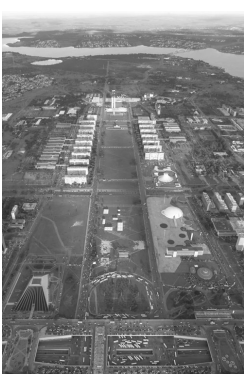
Abstract Brasília was inaugurated on April 21, 1960, and since then the city has been the seat of the Brazilian federal government. It is located in the Central Highlands, or Planalto Central, and the decision to construct the city should be interpreted as part of President Juscelino Kubitschek’s political and macroeconomic actions formulated to guide …
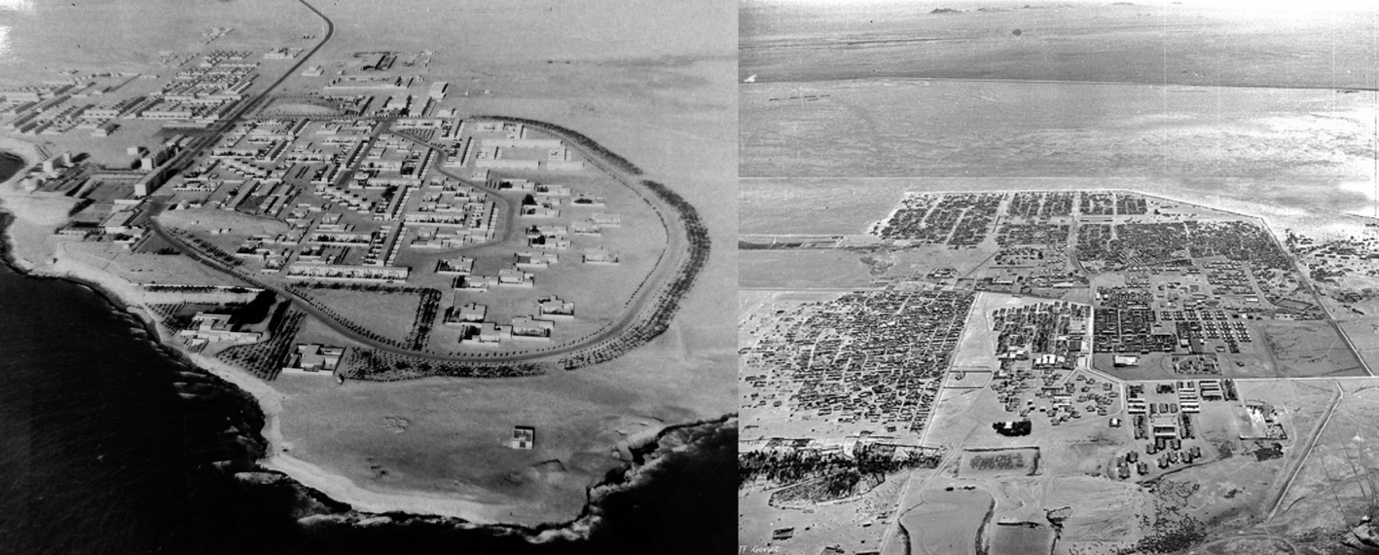
Abstract The article deals with an off-radar planning experience led across the Saharan desert during the Sixties. Between 1959 and 1965 MIFERMA, the National Mining Company of Mauritania, displaced more than 10000 people in the middle of the Sahara to support its industrial growth. Stressing the principles of modern urbanism and coping with extreme environmental …
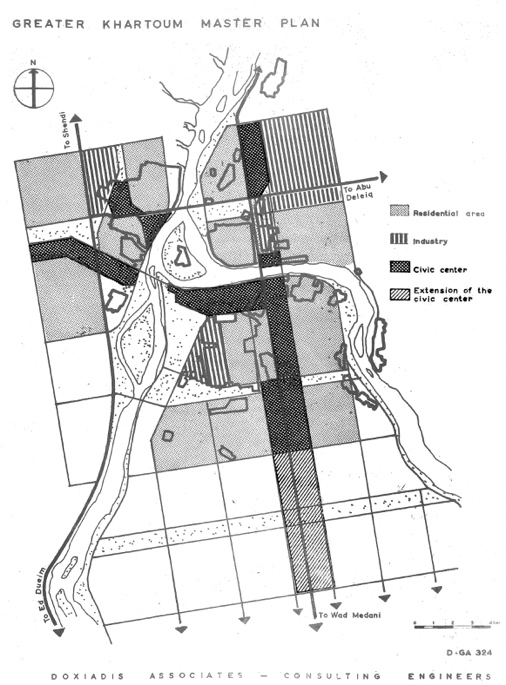
Abstract In an era that appeared to solidify a dichotomy between East and West, the newly independent countries of Asia and Africa emerged as the terrain on which to experiment global theories and practices of architecture and planning. Beyond the circulation of models and ideas, political and economic circumstances fostered the rise of innovative and …
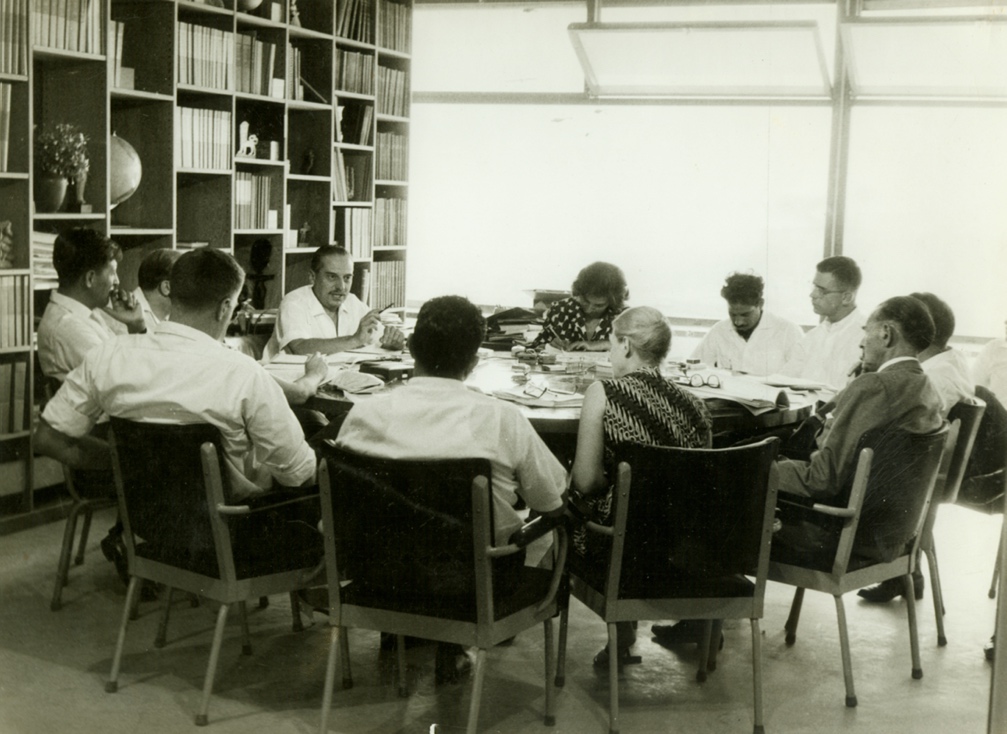
Abstract This book deals with the model of a future world-city, framing its birth and the circumstances that urged its author to envisage such an ambitious plan. Doxiadis’s Ecumenopolis, issued for the first time in 1961, results from an entanglement of practice and theoretical reflection. Conceived as the inevitable destiny humankind would have finally met, …
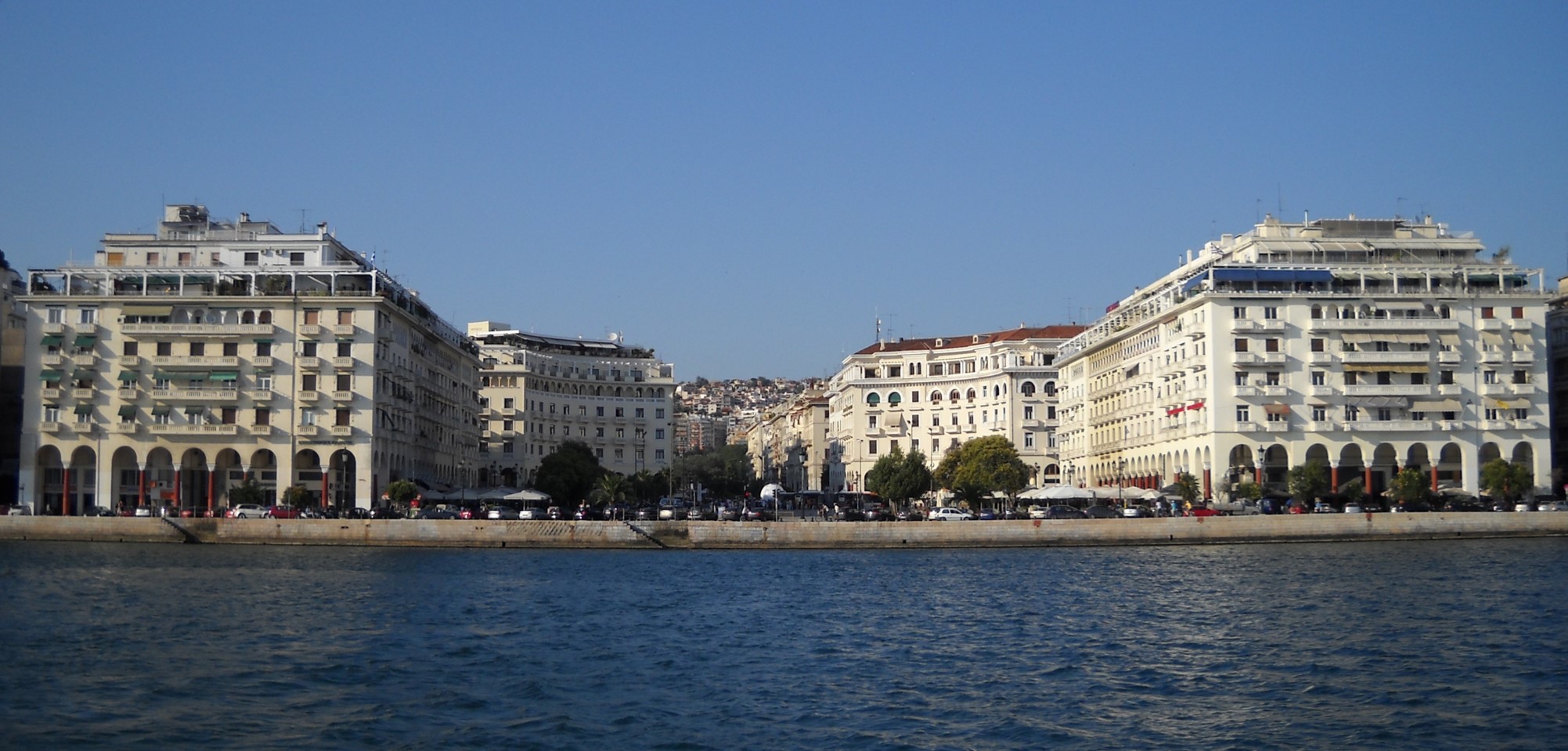
Image: Aristotelous Square, Thessaloniki. Photo: Kalliopi Amygdalou, 2010 Abstract The transition of the Ottoman Empire into nation-states was manifested through significant state-led changes in the fabric of its urban centres, especially in cities that had a multi-cultural character and lay in debated territories. Their urban transformation was the result of practical reasons such as need …
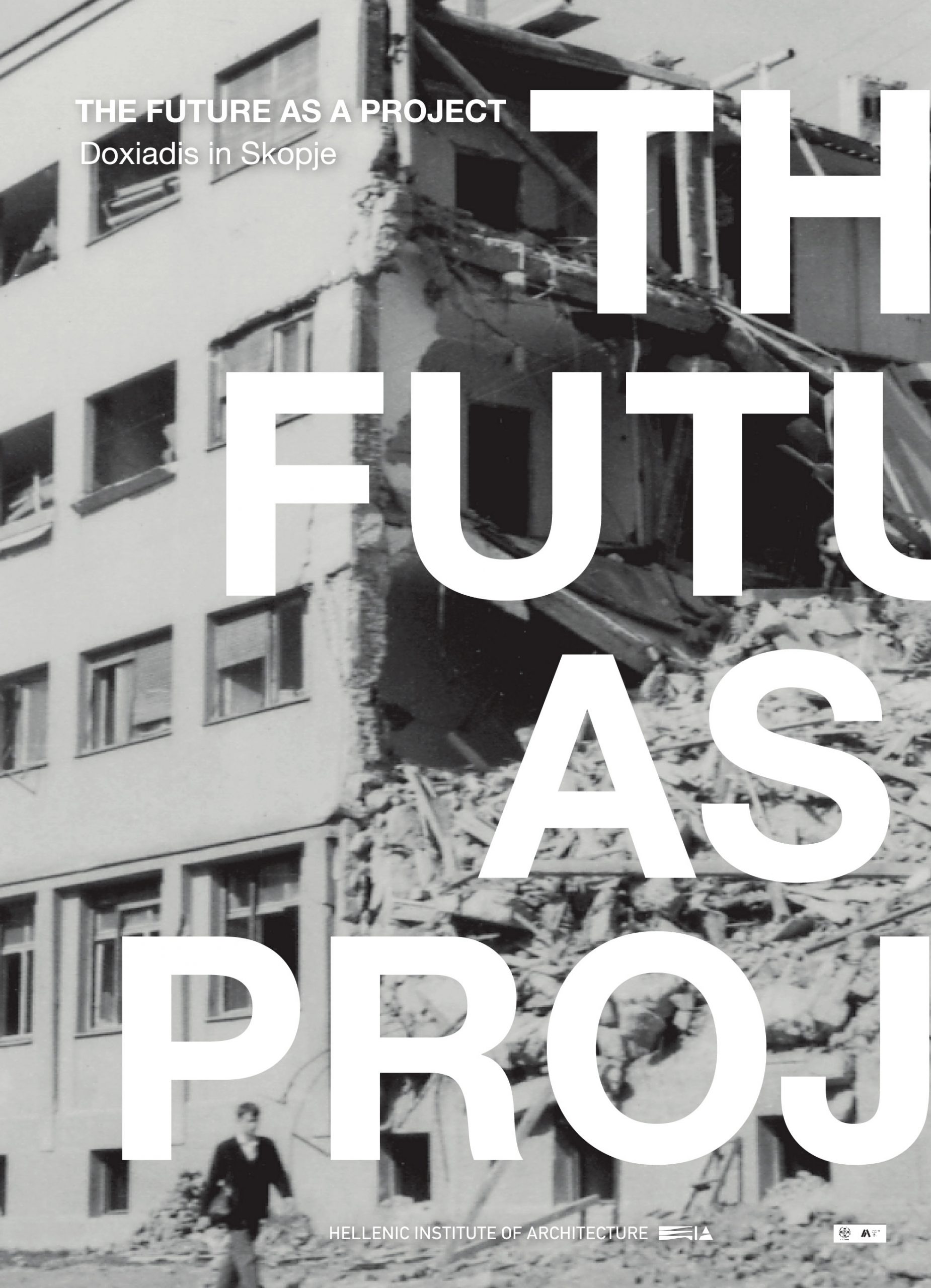
Abstract The Future as a Project; Doxiadis in Skopje brings into the spotlight the story of Skopje’s reconstruction after the 1963 earthquake, and its modern heritage. It presents Constantinos A. Doxiadis’ work in Skopje, which includes a detailed survey of the affected areas, reports, housing studies, thoughts and diagrams for a new master plan, and his …










